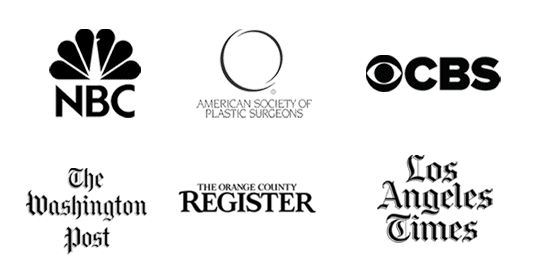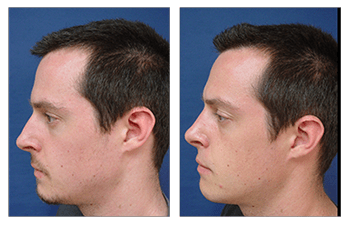
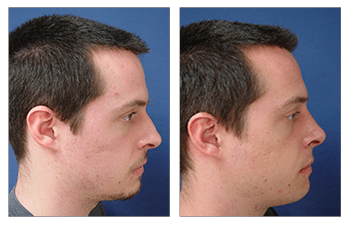
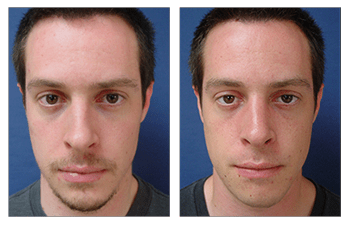
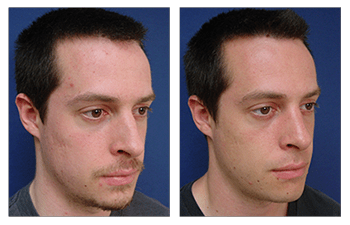
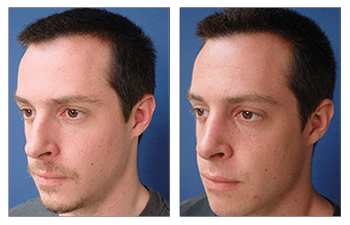
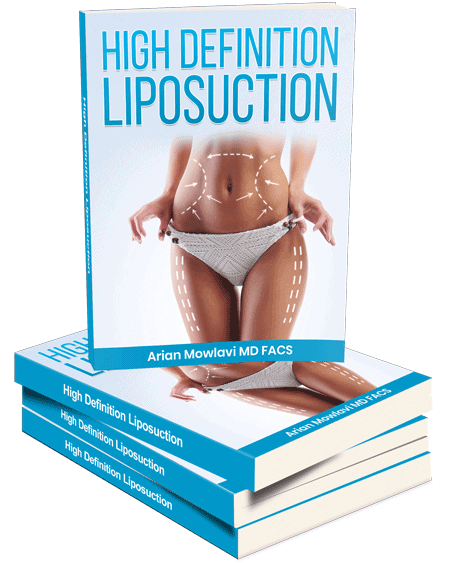
Download Our Surgical Team’s free Liposuction eBook
Closed rhinoplasty incisions are strategically placed inside the nose and extend from the lateral aspect of the internal nares to the central septum.
This incision is ideal as it is completely hidden from the external view and it allows for visualization of the entire nose except for the tip. The only disadvantage of this incision is that does not allow for visualization and alteration of the nasal tip.
The Closed Rhinoplasty Incisions Procedure
The rhinoplasty Incisions is interestingly positioned between two cartilaginous groups, i.e. the mid cartilage structures called the upper lateral cartilage and the lower cartilage structures called the lower lateral cartilage.
By going through this area, the junction between the two above structures, called the Scroll, is released. It is important to debulk the scroll if it is prominent as it can create supratip and supra-alar fullness.
Following the completion of your closed rhinoplasty incisions procedure, these incisions should be repaired meticulously in order to avoid scarring of the internal nares which can create breathing difficulty.
In summary, the closed rhinoplasty incision is an ideal incision to access the upper 2/3rds of the nasal structures.
Closed rhinoplasty incision is also advantageous in that it is not visible to the external eye. Finally, the closed rhinoplasty incision is quick to make and repair and thus minimizes operative times.
If you are interested in closed rhinoplasty and more information about closed rhinoplasty incision, we encourage you to make a consultation with Dr. Mirzania so that he can share with you exactly where this incision is placed.
The 22-year-old male above demonstrates the correction of his nasal dorsal contour without a visible incision line.


